Shipping quote request
We’ll calculate the shipping price as soon as getting your request.
Shipping quote request
We’ll calculate the shipping price as soon as getting your request.
You May Also Like
More from this Dealer
Fred Deux - Grey Surrealism III - Signed Original Etching
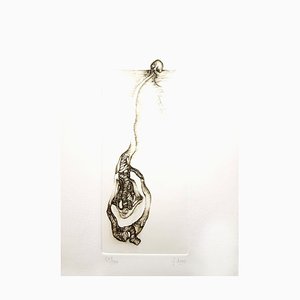
Max Ernst - Composition - Original Lithograph 1958
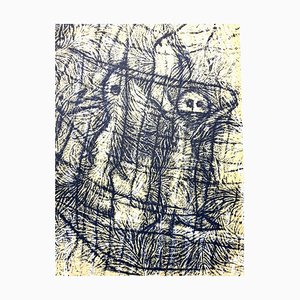
Inspired Village of Montmartre - Pochoir 1950
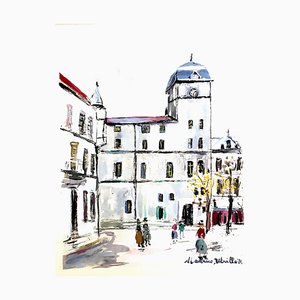
Young Girl in Blue Lithograph by Jean Cocteau, 1958
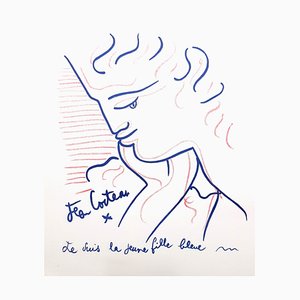
Michel Tyszblat - Jazz' Spirit 2000s
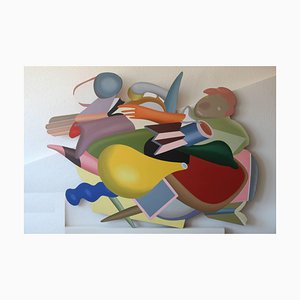
Jean Cocteau - Three Persons or One - Original Lithograph 1958
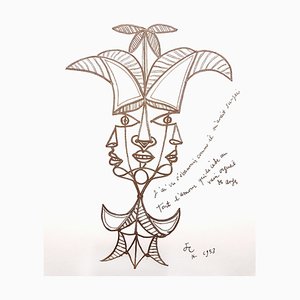
Raoul Ubac - Original Etching 1958
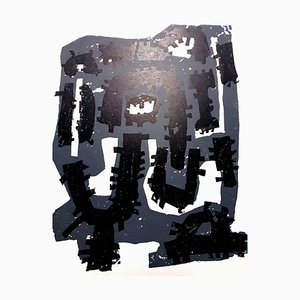
Salvador Dali - Cherries - Original Hand-Signed Lithograph 1969
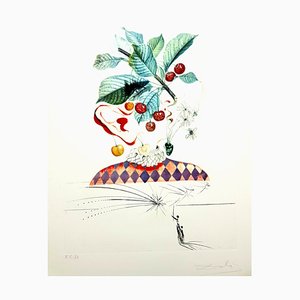
Faust - Limoges Porcelain Blue and Gold 1968
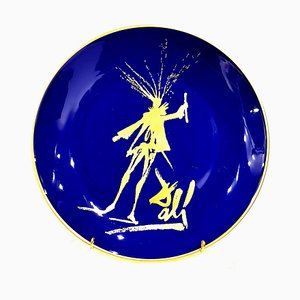
Max Ernst - The Soldier - Original Lithograph 1972
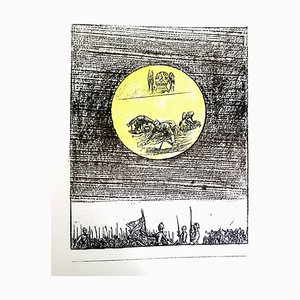
Venus - Limoges Porcelain Blue and Gold 1967
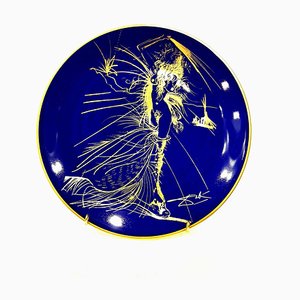
Marc Chagall - Horsewoman - Original Lithograph 1976
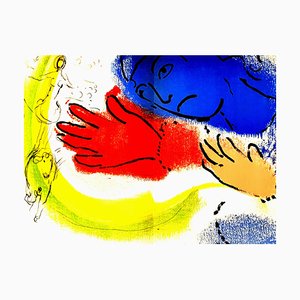
Marc Chagall - The Bible - Job - Original Lithograph 1960
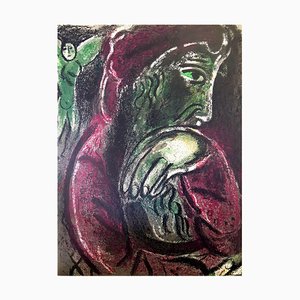
Chas Laborde - Paris - Capucine's Boulevard - Original Etching 1927
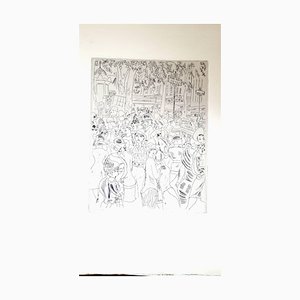
Salvador Dali - Corrida - Poster with Etching 1961

Bengt Lindstrom - Original Handsigned Engraving 1976

Salvador Dali - Tristan Wounded - Original Etching 1970

Giuseppe Capogrossi - Original Lithograph 1969
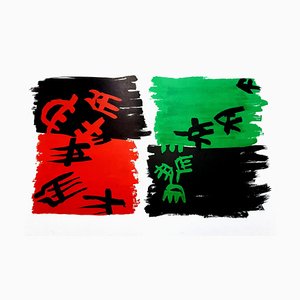
Robert Marc - Untitled - Signed Oil on Canvas 1950s
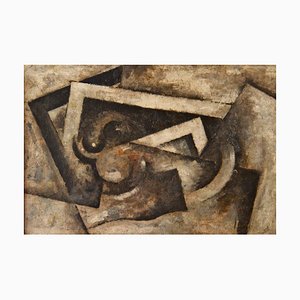
Marc Chagall - La Vache Bleue (Blue Cow) - Original Lithograph 1967
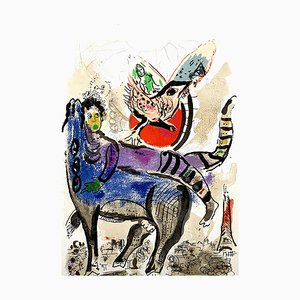
More Products
Get in Touch
Make An Offer
We noticed you are new to Pamono!
Please accept the Terms & Conditions and Privacy Policy
Get in Touch
Make An Offer
Almost There!
To follow your conversation on the platform, please complete the registration. To proceed with your offer on the platform, please complete the registration.Successful
Thanks for your inquiry, someone from our team will be in touch shortly
If you are a Design Professional, please apply here to get the benefits of the Pamono Trade Program